-
A Star over Basel
City of Culture and Historical Treasures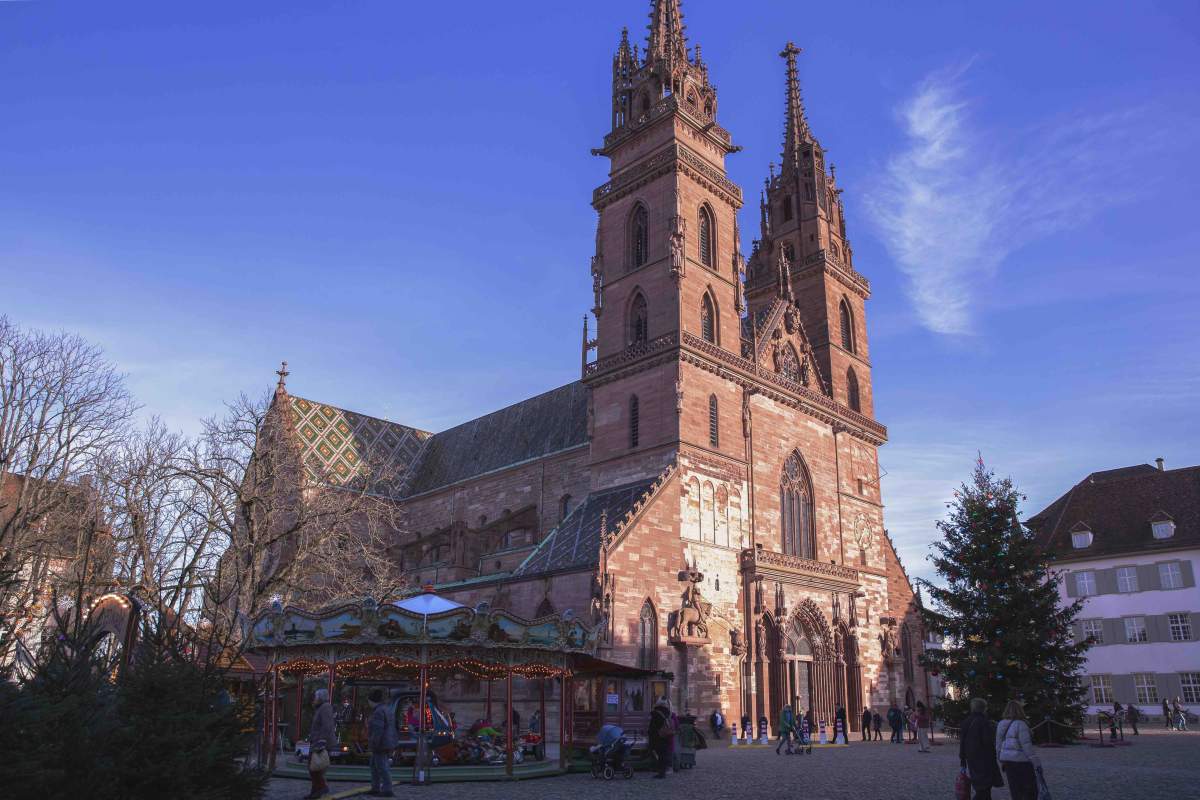
Since the 5th century B.C., the area at the bend of the Rhine, on which the city of Basel now stands, has been inhabited. First by Kelts, but not much later, the Romans discovered the lovely and strategically beneficial spot. The actual name of the city Basilia was first mentioned in the 4th century. In our blog post, however, we will focus on another time, namely 15th century, when Basel became a European centre of book art. When we look at the festive lights around the hill of the cathedral and the Christmas market on Barfüsserplatz, it is not difficult to picture ourselves in the epoch of faith, hope, and - alas - unfathomable fears: the late Middle Ages.
-
Christmas
everything you always wanted to know about it Collage with Christmas Scenes
Collage with Christmas ScenesIn Luke's Gospel (2:1-20), the story of Christ's birth is told. Most of us have known it since childhood:
In those days Caesar Augustus issued a decree that a census should be taken of the entire Roman world. This was the first census that took place while Quirinius was governor of Syria. And everyone went to their own town to register. So Joseph also went up from the town of Nazareth in Galilee to Judea, to Bethlehem the town of David, because he belonged to the house and line of David. He went there to register with Mary, who was pledged to be married to him and was expecting a child.
-
The Post-Gutenberg Era
Early Printed Bibles in German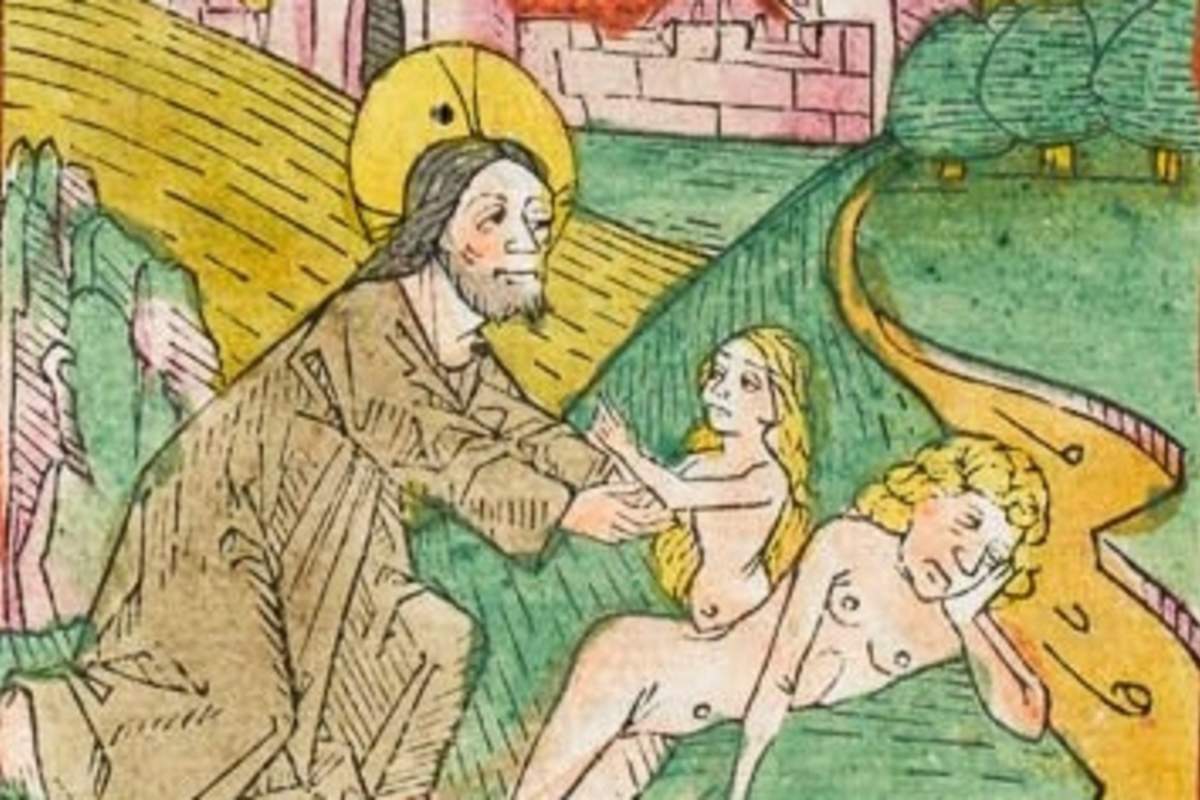 Creation of Eve from Pflanzmann's German Bible of 1475-77
Creation of Eve from Pflanzmann's German Bible of 1475-77The first book to be printed with movable type printing was a Bible - the Book of Books. Around 1454/55, Johannes Gutenberg from Mainz set about the daunting task of printing a Bible with 324 pages in folio format. Gutenberg's Bible was printed in Latin. Not long after his first printing adventure, other printed Bibles followed in Latin and in German.
Obviously, public demand was great.
-
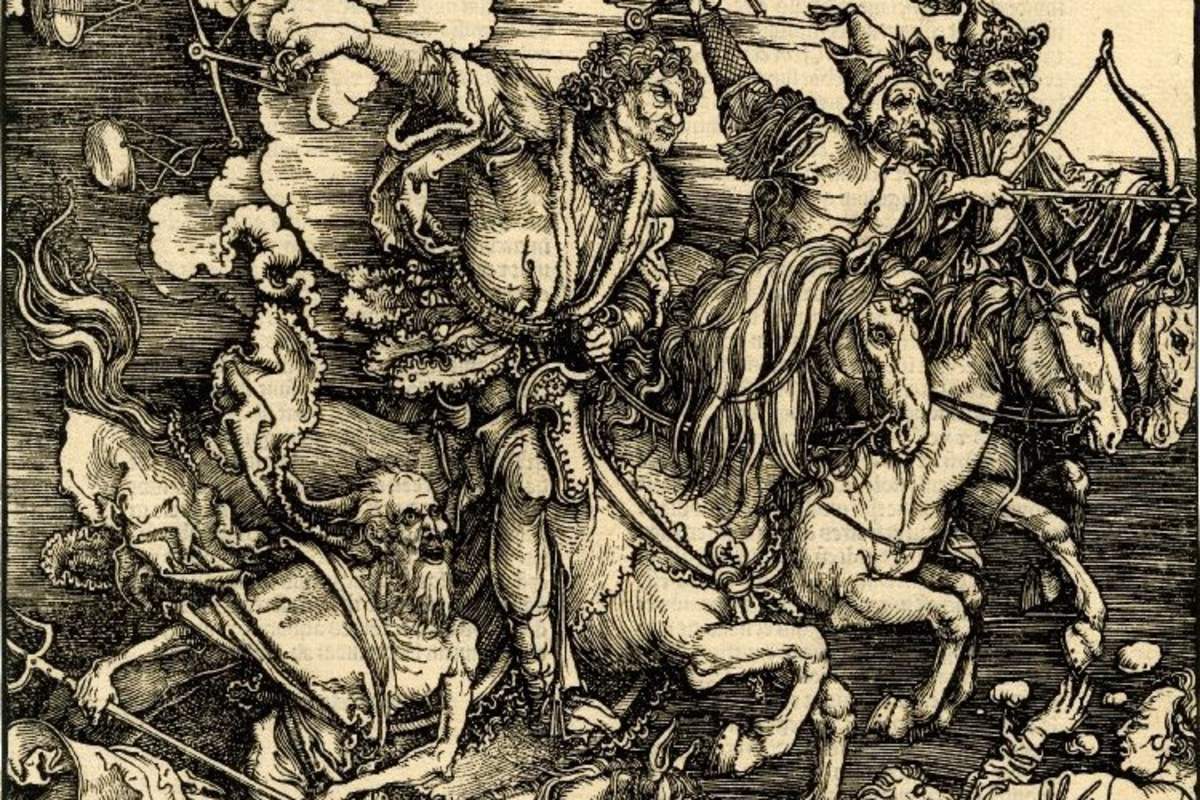
-
Three Magi
How wise men from the Orient ended up in Cologne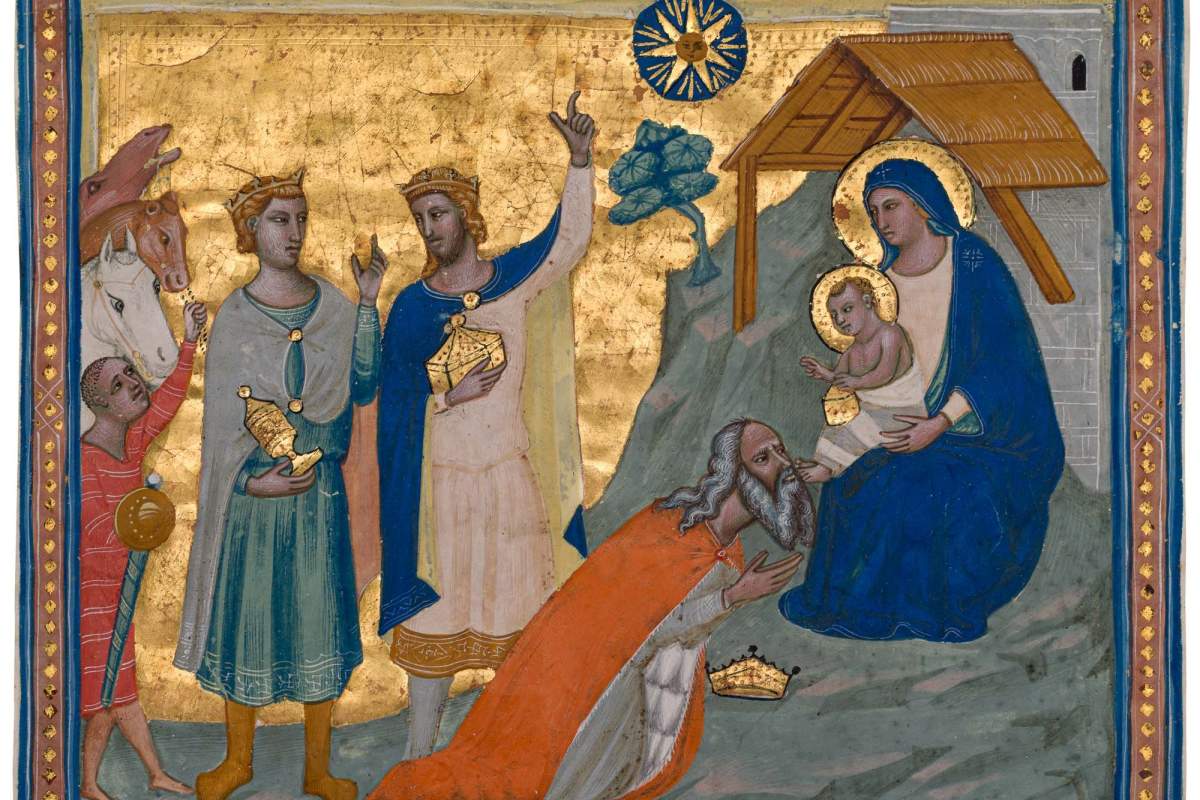 Pacino da Buonaguida, Florence, c. 1330-40, private collection
Pacino da Buonaguida, Florence, c. 1330-40, private collectionTheir story is known by more than a billion people all over the world: Three Magi travelled from the Orient to Bethlehem guided by a star. They found the Christ Child in a humble stable lying in a manger and brought him gold, incense and myrrh. Their story is told quite concisely in Matthew's Gospel 2:1-12. But there is another more detailed and far more embroidered narrative on the events before, during, and after the three magi encountered the Holy Family. It was written by a German Carmelite monk, called Johannes of Hildesheim. His tale is lesser known but very elucidating.
-
A painted Christmas tale
A tantalizing page from a 15th century Swiss-German Breviary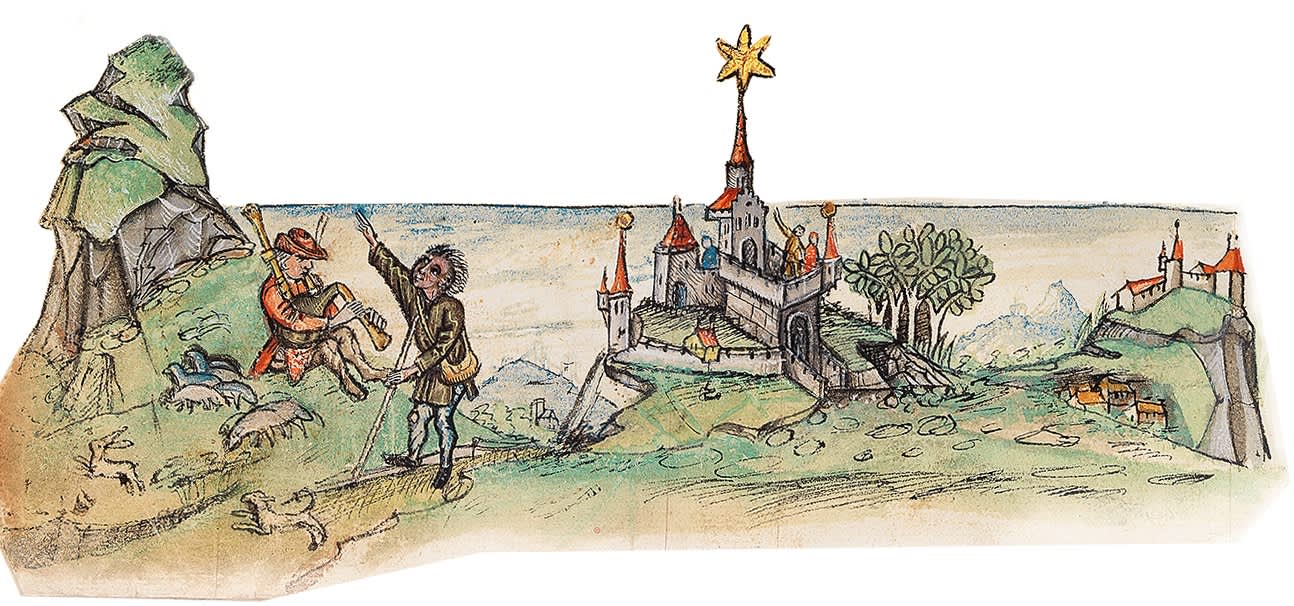 The birth and especially the resurrection of Christ are the most important festive days for Christianity. They form the beginning and the end of the winter cycle during the ecclesiastical year. Many medieval liturgical books revolve around the celebration of saintly feasts throughout the year. Here we encounter a beautiful Swiss-German Breviary from the 15th century with a great number of decorated initials and a glorious page that tells the story of Christ's nativity in an entertaining and endearing way.
The birth and especially the resurrection of Christ are the most important festive days for Christianity. They form the beginning and the end of the winter cycle during the ecclesiastical year. Many medieval liturgical books revolve around the celebration of saintly feasts throughout the year. Here we encounter a beautiful Swiss-German Breviary from the 15th century with a great number of decorated initials and a glorious page that tells the story of Christ's nativity in an entertaining and endearing way. -
An almost forgotten skill
Austrian chained binding in cuir-ciselé technique
The present beautiful and well preserved old binding from the first half of the 15th century is not only a magnificent example of the rare and sublime technique of cuir-ciselé (carved leather), but also still has its original chain with which the book was attached to its lectern in the library.
-
Verkehrte Welt
These foolish things... Groteske Wesen aus einem Pariser Stundenbuch
Groteske Wesen aus einem Pariser StundenbuchWie viele von Ihnen wissen oder sogar direkt miterleben, befinden wir uns seit heute früh vier Uhr in Basels närrischer Zeit. „Frau Fasnacht“ regiert die nächsten drei Tage und in der Innenstadt, wie auch vor der Tür des Antiquariats Dr. Jörn Günther marschieren Cliquen musizierend unermüdlich auf und ab, und halten nur gelegentlich an, um sich bei einem Glas oder mit einem Teller heißer Mehlsuppe zu stärken.
Das Thema der „verkehrten Welt“, wo geltendes Recht auf den Kopf gestellt wird und diejenigen das Sagen haben, die sonst gewohnt sind, zu dienen, geht bereits auf die Antike zurück. Auch das Austreiben des Winters, der Dunkelheit und der bösen Geister hat von alters her Tradition.



